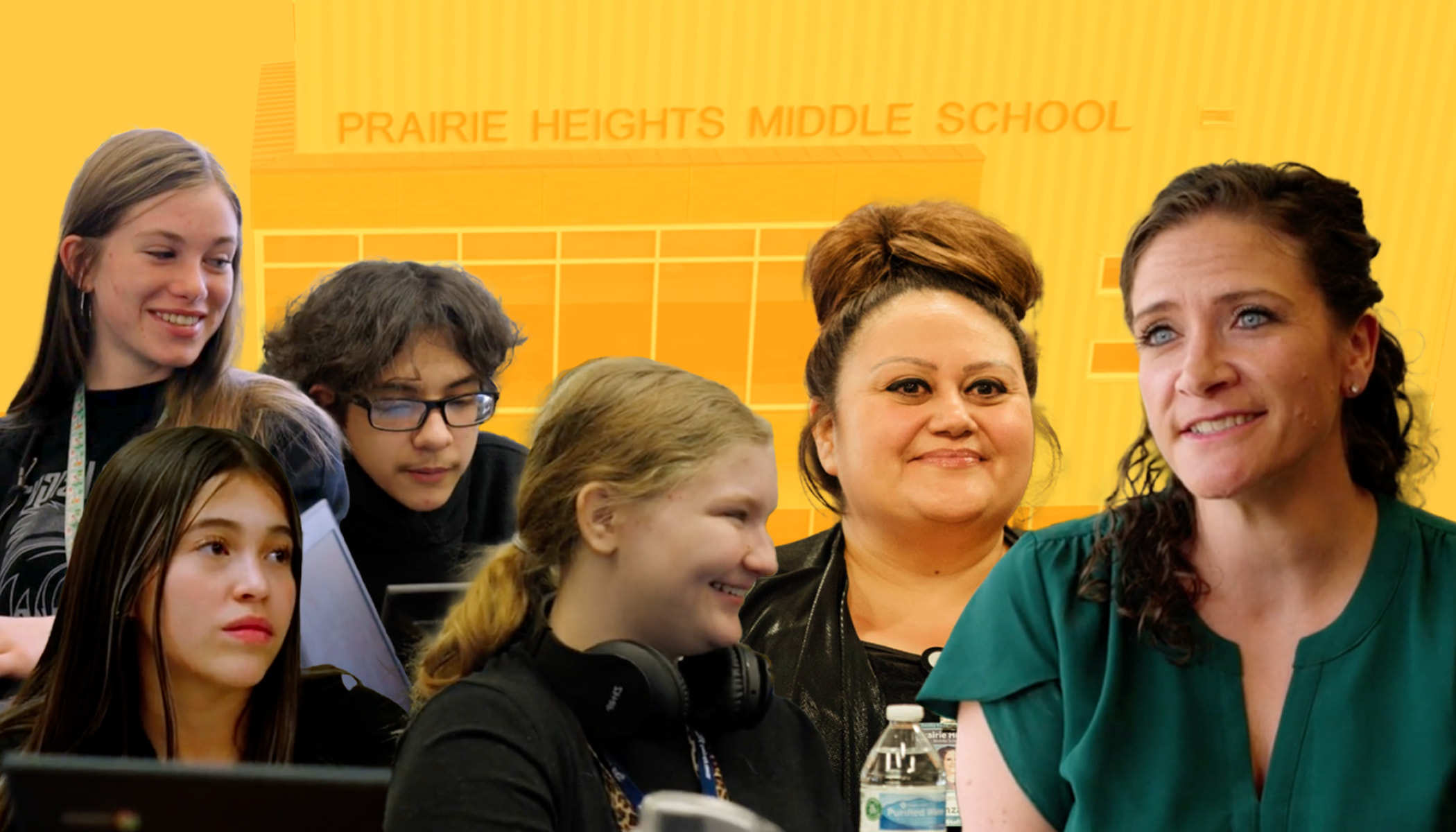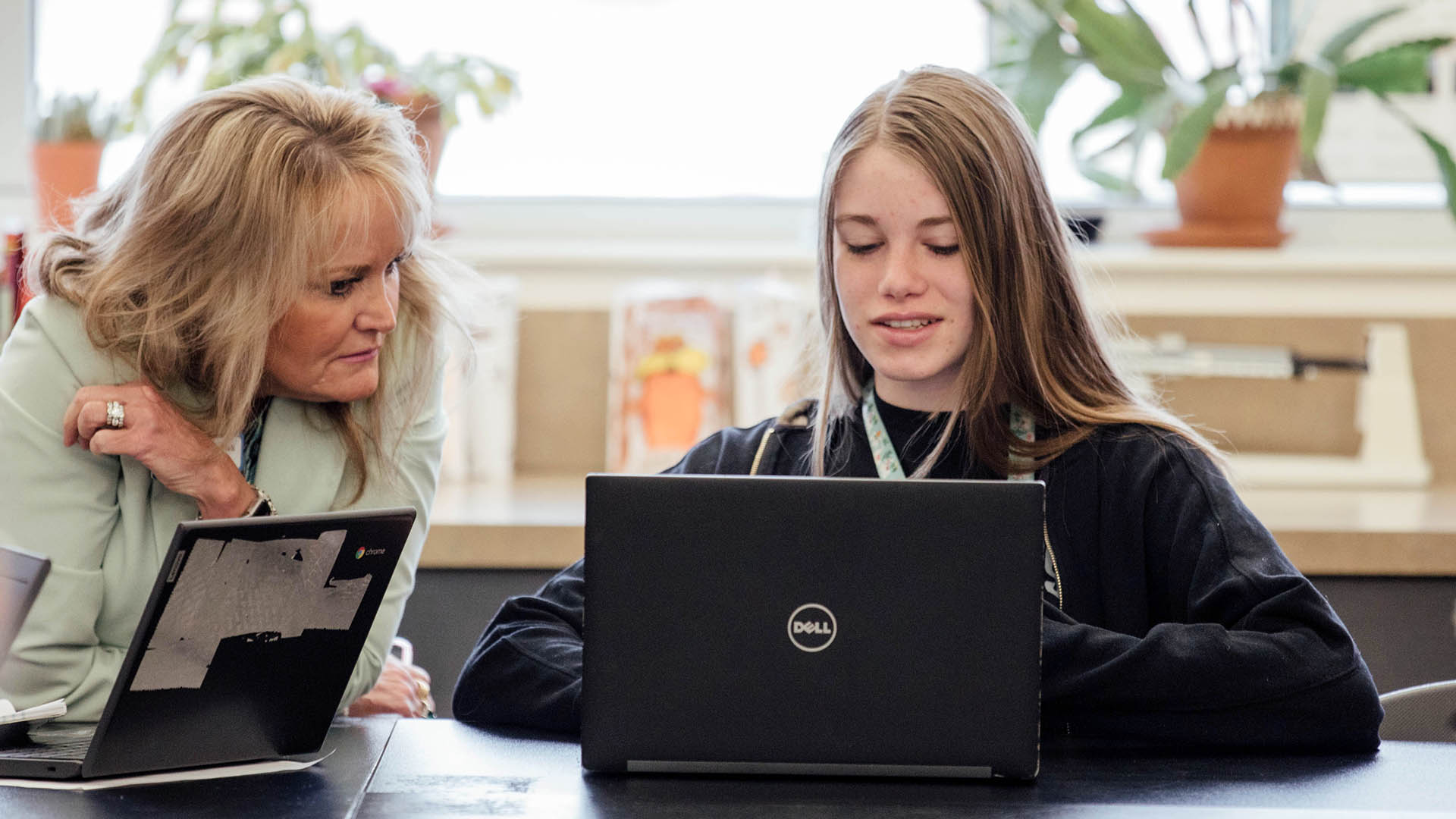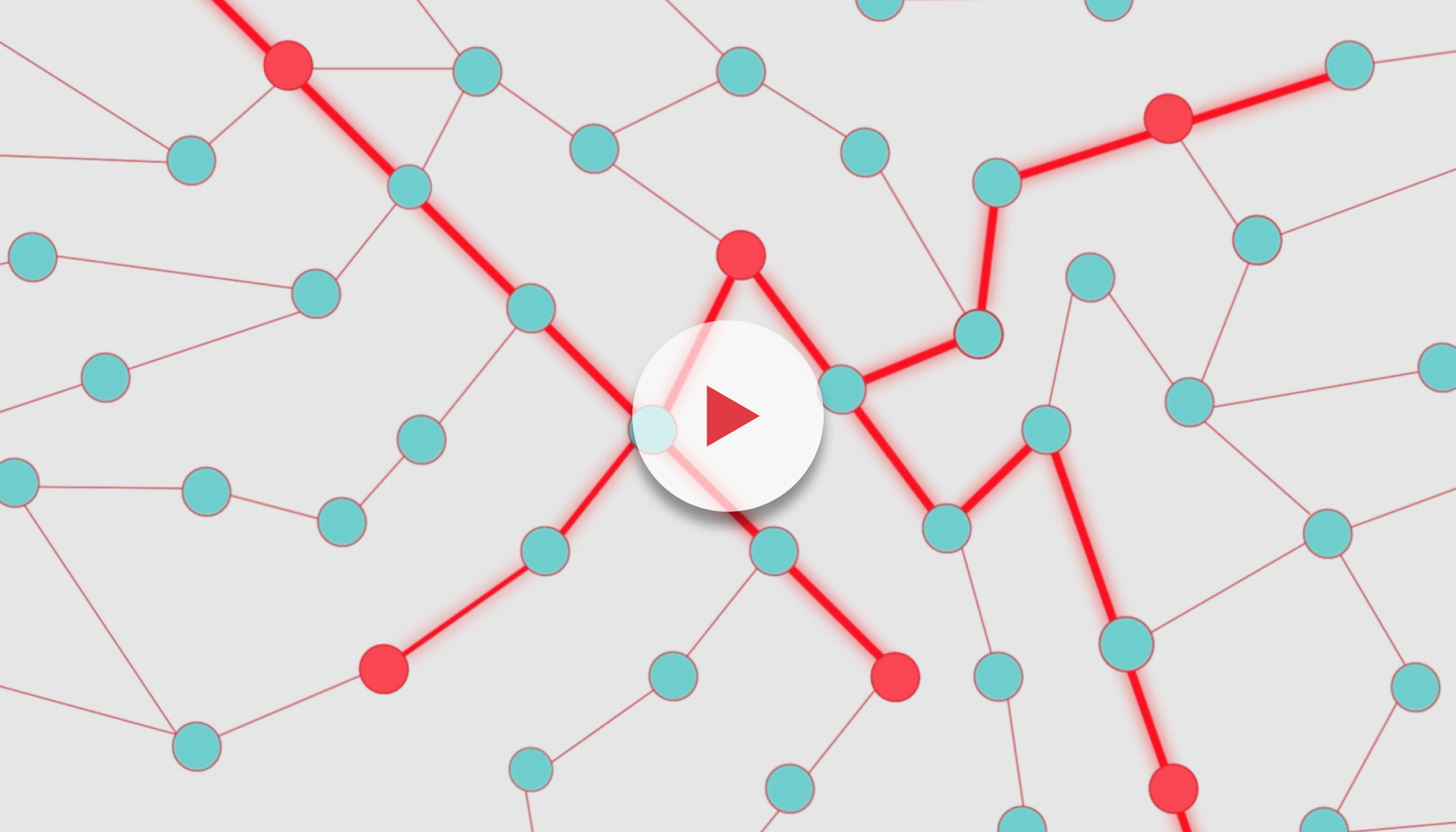May 19, 2023 · 5 min read
How a School’s Dedication to Strong Relationships Is Driving Its Success
Learn how a Colorado middle school’s emphasis on professional learning for teachers and deep teacher-student relationships is leading to significant academic gains.

Stephanie Knox wasn’t a star student. In fact, she was at risk of not graduating from high school because of poor attendance. The root of her school aversion was simple: she didn’t want to go because she didn’t have any meaningful connections to adults there.
“I really didn’t have people in the building who ever pulled me aside and told me, ‘Hey, what are you doing? You can do this. Come on, we got this. We’ll do this together,’” she says.
Today, as principal of Prairie Heights Middle School in Northeastern Colorado, Knox’s mission is to build a culture of strong teacher-student relationships so that no student in her school has to feel like she did.
Strong Teacher-Student Relationships
Prairie Heights’ relationship-centered approach is working. The school’s rating from the Colorado Department of Education jumped from the second-lowest-ranking in the performance framework to the highest after just the first year of implementation. The school maintained its ranking for the last three years.

Knox attributes much of the school’s success to the Summit Learning program, which they implemented in 2017.
Summit Learning, supported by Gradient Learning and CZI, is a comprehensive program created by educators that includes a focus on mentorship. Before Prairie Heights decided on Summit Learning, they determined there was a need to prioritize school culture and climate and professional learning communities.
“We knew that we needed something to really let us get to know our kids at a deeper level,” Knox says. “It was clear that the Summit Learning model really allowed for that opportunity.”
Knox acknowledges that developing strong teacher-student relationships isn’t easy. Building trust and safety takes time. And teachers’ high expectations can complicate the dynamics.
“Relationships don’t just happen,” Knox says. “It really takes kids feeling like, ‘You know what, my teacher pushes me to get better, and they have high expectations, but I know that’s all because they care about me.’”
Summit Learning provides a strong framework within which such relationship-building can happen. As part of the program implementation at Prairie Heights, students have a 50-minute mentoring period each day and have at least one one-on-one check-in during that period each week. In addition to that predesignated time for relationship building, teachers receive coaching on how to create safety and strong relationships in all of their classes throughout the day.
Knox described one strategy that helps to do so: before teachers allow individual students to raise their hands and volunteer to answer a teacher’s question for the class, there’s first time for all students to participate in answering. They share their ideas with one another, turning to a neighbor and offering their thoughts. Then the teacher can call on one or a few students to share out answers with the whole class.
“That’s just one minor thing that lets kids know, ‘my voice matters,’” Knox says.
Relationships don’t just happen. It really takes kids feeling like, ‘You know what, my teacher pushes me to get better, and they have high expectations, but I know that’s all because they care about me.’
Professional Learning For Teachers
It’s not only students who need to know their voices matter and that they’re safe. Knox also wanted to create the same trust among her teachers and leaders too. She explains that her team does this by making sure all opinions are included in decision-making.
“Starting with getting feedback from teachers and making sure that they have a voice in the vision for the year and the school,” she says, “I think that is number one.”
In addition to prioritizing teacher voices, Prairie Heights also focuses on teachers’ meaningful professional learning. With the support of the Summit Learning program, they target just a few crucial areas that matter to their educators.

Candice Gonzales is a teacher at Prairie Heights. She believes that professional learning for the school’s teachers has evolved from being “one-size-fits-all.”
“We really customize our [professional development] to make sure that we are meeting everyone’s needs,” Gonzales says.
Prairie Heights’ supportive culture bolsters teachers’ professional development and encourages ongoing collaborative learning.
“We just really have trust within our staff,” says Tracy Underwood, another educator at the school. “People are very welcoming. If I want to know a strategy, I can easily go into [a colleague’s] room and see a strategy that I’m struggling with in my classroom.”
Also watch: How We’re Building Technology That Transforms Classrooms
This caring culture starts at the top with school leadership. Knox makes a point to check in on teachers, not only as educators, but also as people. At times, she visits teachers’ classrooms to evaluate their instruction or simply to see how they’re doing. These check-ins help to build deeper relationships — the kind that Knox wants teachers to have with students.
Students need to know it’s safe to be vulnerable and make mistakes. Knox and her team work to ensure teachers feel safe too. The school administrators model trying new things, often imperfectly, so that teachers — and ultimately students — also feel comfortable doing so.
This safety, and students knowing that teachers care about them beyond academics, are what Knox thinks drive well-being and strong academic outcomes.
Learn more about how Prairie Heights is using Summit Learning and how CZI is supporting educators around the country.





